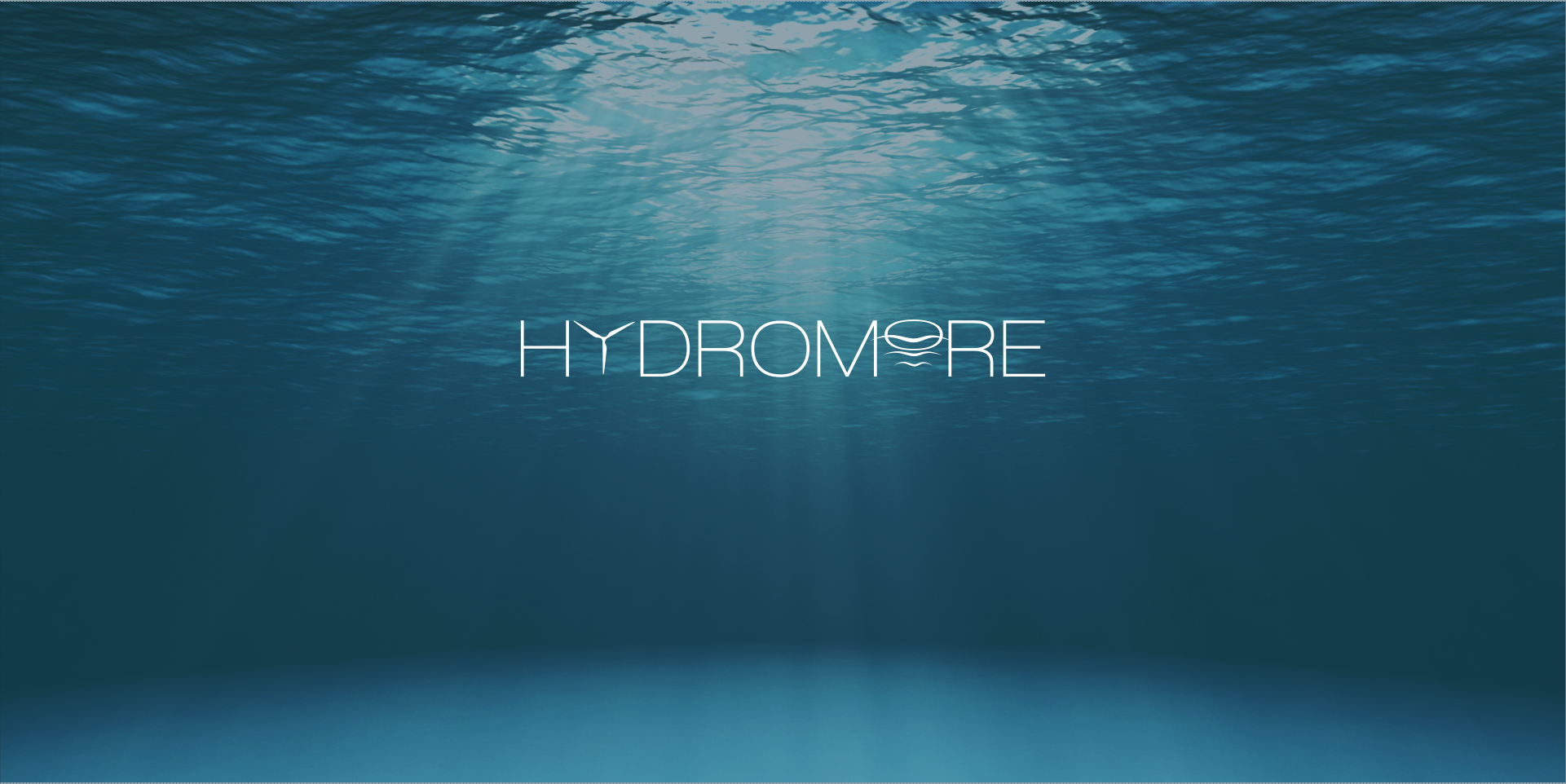HYDROMORE seeks to establish new best-practice approaches for designing future mooring systems used in floating ocean renewable energy devices. This will ultimately enable the design of leaner and safer mooring solutions and reduce the cost of energy from these technologies.
In line with the Paris Climate Agreement, the European Commission estimates to install 230-450 GW of new offshore wind farms by 2050. As accessible shallow waters of the North Sea become saturated with wind farms, around a third of this capacity will need to be installed in deep water on floating structures.
A major obstacle to minimise cost of electricity from both floating wind and wave energy, is the mooring system cost. Traditional moorings are heavy and designed using methods suitable for large floating oil rigs, but not for small, dynamic floating wind structures or wave energy converters. Mooring forces are influenced by low-frequency effects, such as slow drift and the interaction of variable wind and wave conditions, coupled with structure response and adaptive control systems. These interactions are not readily assessed using high fidelity methods, such as computational fluid dynamics. As such, there is a knowledge-gap between fast, low-fidelity methods and slow, high-fidelity methods. Hence the design of leaner, more advanced mooring solutions is restricted.
Through four work-packages, HYDROMORE will address this knowledge-gap, to accurately model nonlinear and irregular seas, whilst allowing rapid evaluation of multiple design condition parameters. HYDROMORE will assess reliability and limitations of state-of-the-art methods for accurate hydrodynamic modelling over long-periods, as well as highly nonlinear breaking waves. Methods for modelling the combined effects of wind loading, e.g. a turbine moving in and out of its own wake, with hydrodynamics will also be studied. All modelling will be validated against controlled laboratory-scale tests to help inform new industry standards.

